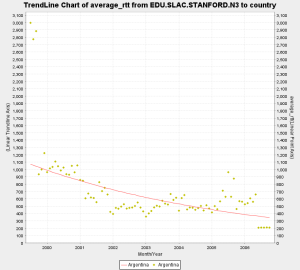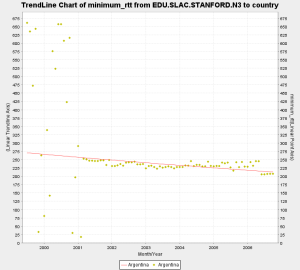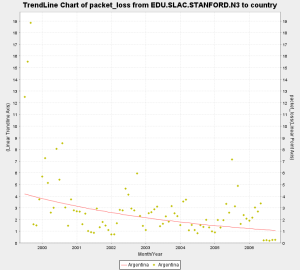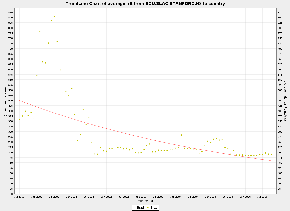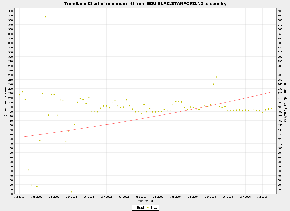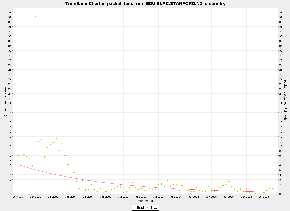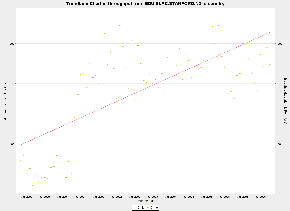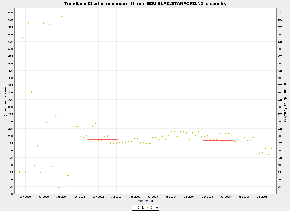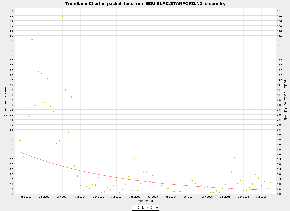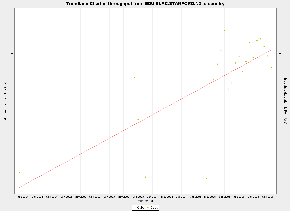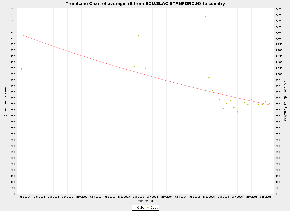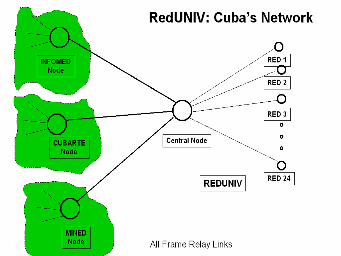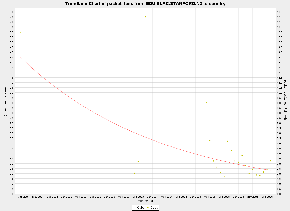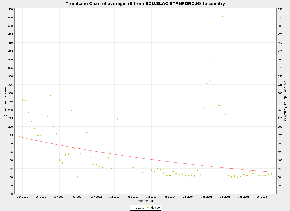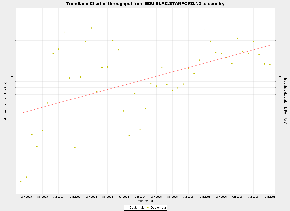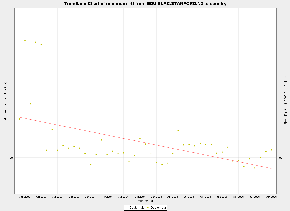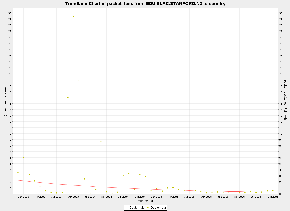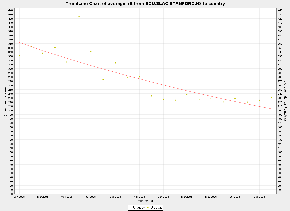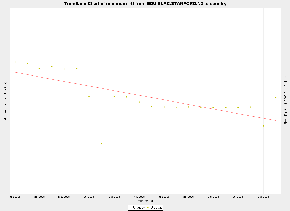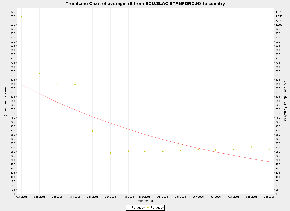Argentina
In December 2001, Argentina (RETINA) connected to AMPATH, so the increase in the performance can be seen from SLAC. Around June 2006 the TCP throughput of Argentina increased significantly. The average RTT reduced from 600 ms to 200 ms. The minimum RTT reduced from 250 ms to 200 ms.The packet loss has also decreased significently.
Brazil
Around Janruary 2001 - July 2001 the loss decreased from 8 % to 1 %. The Average RTT decreased from 375 ms to 200 ms
The TCP throughput improved but it havent stabalized (still lots of variation)
Chile
In June 2001, Chile's REUNA becomes the first LA NREN(National Research and Educational Network) to get connected to the Ampath POP in Miami.
As a result the TCP throughput increased significently. Minimun RTT reduced from 230 ms to 200 ms and Average RTT reduced from 725 ms to 250 ms
Packet loss reduced from 10 % to 1 %.
* *
Cuba
Poor performance due to satellite link.Average and min RTT are about 800ms. Packet loss is around 2-4 % in 2006
(The only hope for Cuba is to connect to Red Clara)
Mexico
July 2003 performance improved . Minumum RTT became stable 100 ms to 60 ms and Average RTT also became stable.
but Janruary 2005 to July 2005 again problem arose
** * * * *
Gutemala
Janruary 2005 packet loss becomes stabalizing >1% April 2003 minimum and average RTT improved
** * * * *
Uruguay
Since Uruguay joined in June, 2005 its TCP throughput has improved. Average RTT reduced from about 325 ms to 225 ms
Minimum RTT reduced from about 270 ms to 220 ms The loss situation hasent seen much improvement
Paraguay
Shift from satellite to fibre at the start of this year
ALICE and RedCLARA
Since its launch in September 2004, the ALICE project has been a key component in reducing disparities within Latin America by bridging the "Digital Divide" both within the region and with the rest of the world. The project has enabeled Latin American researchers to become key players in the global research community.

